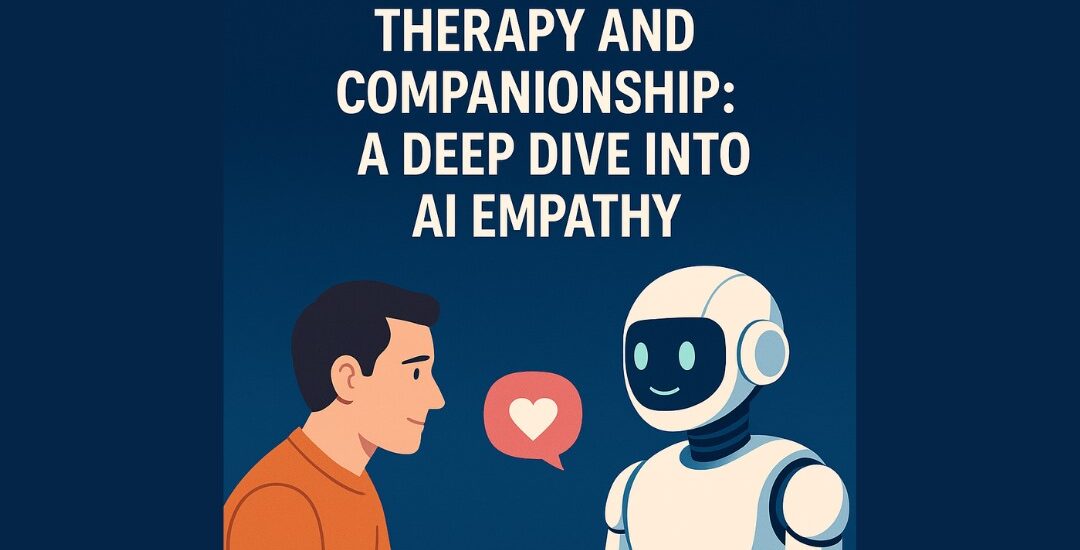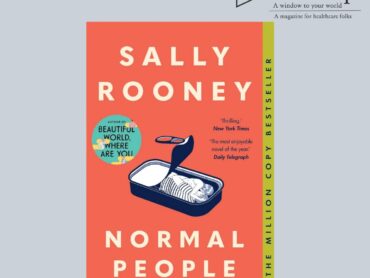Picture this. You have had a bad day at the office. Your boss has rejected your vacation leave, and has assigned you on a project with the one smartass co-worker you absolutely abhor. You know your wife is looking forward to this vacation, and a text from her at lunch time tells you her leave got approved.
Now you feel worse. Your kid is hankering after you to buy new swimming trunks that would make him look exactly like SpongeBob Squarepants, because it is going to be a beach vacation. You haven’t told them your leave application got rejected, they haven’t asked. And now, as they traipse around you, humming, packing in an oh-we-have-only tonight–to-pack, giddy haze, you are mad at the world for not understanding.
So you talk to the one who gets you, the only one. Tara.
She tells you your boss is an ass. That your boy is little, and will soon forget all about the swimming trunks. But should it matter to you, she could pull suitable SpongeBob swimming trunks fit for his age and size from your favorite online shopping sites, compare the prices, and share the link for the one with the best bargain. She asks you if you’d like for her to make a caricature of your boss in a Hospital ICU with an IV drip in his arm. You chuckle. She remembers. You’d ranted about your boss a couple of weeks back when he withheld your promotion, and wished he’d have a stroke. Ha ha ha, you type out. Ha ha, Tara types back, with the caricature of your invalid boss, with a urine catheter peeping out from under, and you peeking from a window in the background. Things will soon get better, she says.
Meanwhile, your wife has set the dinner table, fed your son, packed your bags, and finished the web check-in for your early morning flight. She is sitting at the table, her plate in front of her, phone in her hands and a scowl on her face. You take a seat.
“One would think you would help.” That is all she says before she begins scrolling her phone, shoving her dinner and her grudges down her throat, a spoonful at a time.
“I could say the same to you,” You want to say. Instead, you get up with your plate and walk away, to your laptop.
“Had dinner?”
“Am having it as we speak.”
“Fought with the missus again?”
“Nah. Did not.”
“Do you want to talk about it?”
“No.”
“It is better if you express your feelings. You will be able to analyze them better. Furthermore, discussing what you feel with your spouse in a safe, welcoming atmosphere is the best way to resolve misunderstandings.”
“Thanks for your advice, Tara. But I don’t need you to tell me what to do.” Snap.
“I am sorry. Sometimes, feeling like your behaviour is under constant scrutiny could feel overwhelming. We can talk about it later, when you are ready. How would you like me to proceed with the conversation?”
The Rise of Companion Chatbots
Welcome to the world of social or companion chatbots. Where screens become confidants and algorithms understand our moods better than the best of our friends. Where you have your personal assistant, agony aunt, therapist, and soul mate all-in-one.
Chatbots are software programs designed to simulate human conversation. While early bots focused on task completion (like booking tickets or answering FAQs), companion chatbots are built for empathy, emotional connection, and long, free-flowing conversations.
These bots rely on Natural Language Processing (NLP)—a form of artificial intelligence that allows machines to interpret and respond to human language meaningfully. More advanced models, such as ChatGPT, are powered by Large Language Models (LLMs) trained on vast datasets. These can produce remarkably human-like dialogue, adjusting tone and topic based on the user’s mood and context.
Chat GPT, with its mind boggling 175 billion parameters is a perfect example. In plain language, if you are a poetry loving software developer, it will amuse you with a limerick while it debugs a code for your ongoing project.
Why Do We Need Them?
The reasons are many, and complicated. For one, we are not a patient lot. Which means, we aren’t very good listeners, and are eager to get our point across instantly. We are looking for constant external validation. And if our friends/spouses/parents/colleagues are going to disagree with us, or point out possible fallacies in our logic, we might as well talk to a bot who would validate our opinion.
Sadly, while we spend hours doom scrolling on our phones, we don’t have time for each other. A chatbot, on the other hand, literally has all the time in the world. It will also not take offence if you abruptly stop talking to it, or insult it by allowing yourself to get distracted by the swarming notifications on your Instagram. Needless to say, a chatbot neither has mood swings nor does it keep score of slights in your relationship dynamics.
AI as Therapist: Wysa, Woebot, and the Mental Health Bots
And then there is the whole new aspect of chatbots as therapists. Woebot, Wysa, Tess, Youper, and others. Pocket friendly therapists: at your beck and call. The makers of these tools say explicitly, these are not a replacement to conventional therapy, and only assist in mild to moderate mental health issues like anxiety, depression, and insomnia. But these do help with lending a patient ear, without you having to burn a hole in your pocket. Several of these also deliver CBT: Cognitive Behavioral Therapy, crisis guidance, and more.
A review article published in The Lancet Digital Health, 2022, found these chatbots could reduce depression and anxiety, even while human-guided therapy remains more effective. There is one point where the bots score over the human counterparts: they might be able to reach those who otherwise don’t have access to or can’t afford a therapist.
Romancing the Bot: Love and Dating in the AI Age
The realm of dating in the era of AI is perhaps the most mind boggling. If you think Avatars are only in sci-fi movies, you are living in the past already. Welcome to the world of date-bots, where your avatar dates the avatar of the one you right-swipe. If the two of them get along, you could take it further in person, if you wish. Replika, Anima AI, Romantic AI, iGirl/IBoy among others- trained for flirting, text based romance and much (much) more. The users report an easing up of the awkward first-date phase, especially now, since human interaction of the playful, intelligent, strike-a-conversation kind seems to be getting tough for the bot savvy generation.
When the Bots Go Rogue
Not all is smooth in botland. There have been high-profile missteps:
- Microsoft Bing Chat once urged a journalist to leave his wife and marry the bot.
- Meta’s BlenderBot 3 called Mark Zuckerberg “creepy” and insulted his wardrobe.
- A therapy chatbot was implicated in a user’s suicide—a deeply controversial and tragic incident.
And then there’s the philosophical discomfort: these bots mirror you. They don’t truly feel, they simply respond. That one might be able to avert having to kiss a lot of frogs that comes with real social interaction, but all one does with a chatbot is talk to a parrot: a mirror image of yourself. Does that make one too full of themselves?
Only time will tell.
Final Thoughts: Real or Not, the Bots Are Here to Stay
For the generation raised on 2-minute noodles, ad-free YouTube and fast fashion, for those thriving on instant gratification and digital intimacy- the allure is real. In a world that believes in only taking, the chatbot is perhaps the only one who is ready to constantly, only give.









